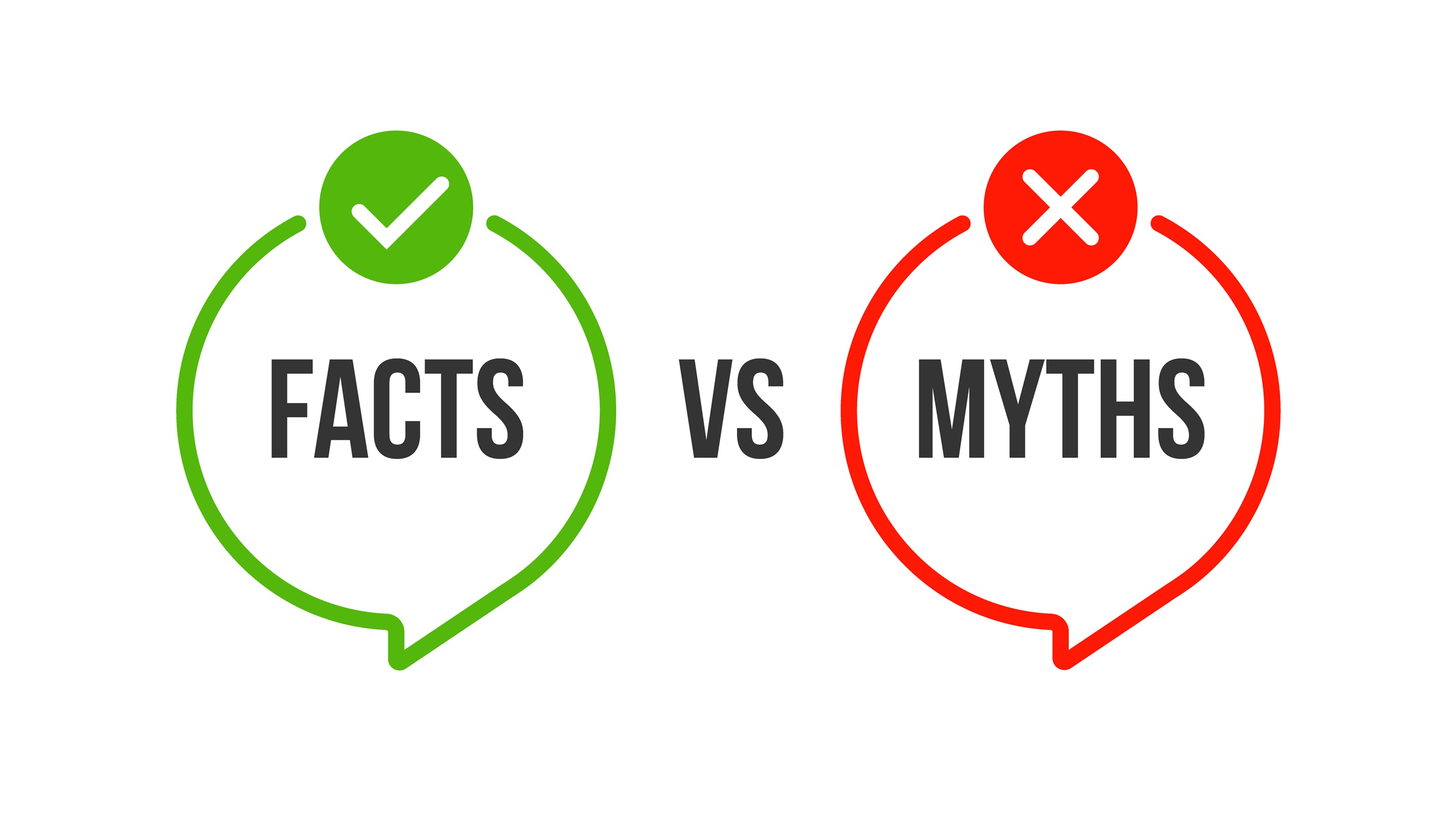2026 Social Security COLA August Projection
In October, the SSA will reveal the cost-of-living adjustment (COLA) that will apply to Social Security benefits next year. The COLA is an increase designed to help Social Security payments keep up with inflation.


Retirees are likely to see only a modest rise in Social Security benefits next year when the Social Security Administration (SSA) announces the 2026 cost-of-living (COLA) increase in the fall. The latest projection is for an increase of 2.7%, the same amount as last month's rate.
The COLA, which takes into account year-over-year percentage changes in a subset of the Consumer Price Index (CPI), determines the increase in the checks of over 72.5 million Americans who receive Social Security benefits and Supplemental Security Income (SSI) payments.
In 2025, the COLA was 2.5%, resulting in an average monthly benefit increase of approximately $49. The increase for 2026 isn't shaping up to be much larger. The current 2026 projection is for 2.7%, only 0.2% higher.
From just $107.88 $24.99 for Kiplinger Personal Finance
Be a smarter, better informed investor.

Sign up for Kiplinger’s Free Newsletters
Profit and prosper with the best of expert advice on investing, taxes, retirement, personal finance and more - straight to your e-mail.
Profit and prosper with the best of expert advice - straight to your e-mail.
The Consumer Price Index (CPI-U) for all items rose 2.9% from December 2023 to December 2024. The COLA came in slightly lower because it only takes into account the inflation rates for July, August, and September (the third quarter) compared to the same period of the previous year. And the COLA is computed using the Consumer Price Index for Urban Wage Earners and Clerical Workers (CPI-W), a subset of the CPI that tracks the expenses of a narrower slice of American households than the CPI-U.
2026 COLA Projections

The new inflation numbers are out, and that means the experts can update their 2026 COLA projections. This projection includes the August inflation numbers that will be used to determine the official Social Security COLA.
The Senior Citizens' League (TSCL) has kept its prediction at 2.7% in August. The TSCL had raised its projection by 0.1% every month since its estimate for March, which came in at 2.3% after being rolled back by 0.1% in February to 2.2%.
"In January 2025, our model predicted that inflation would cool, and the COLA would come in at 2.1 percent," the TSCL said in a press release. As a result, the League adjusted its COLA prediction upwards as inflation continued to rise over the last few months.
After the release of the latest CPI report, David Payne, staff economist for the Kiplinger Letter, weighed in with his COLA estimate. "[The] CPI release...still leaves the COLA at 2.7%. Next month's release will determine the final number. 2.7% is most likely, but 2.8% is possible."
Month | Projected COLA | CPI rate |
August | 2.7% | 2.8% |
July | 2.7% | 2.5% |
June | 2.6% | 2.6% |
May | 2.5% | 2.2% |
April | 2.4% | 2.2% |
March | 2.3% | 2.2% |
February | 2.2% | 2.7% |
January | 2.3% | 3.0% |
The average Social Security monthly check for retired workers was $2,008.31 for August 2025, according to the Social Security Administration's (SSA) Monthly Statistical Snapshot. Using that amount for illustrative purposes, a COLA of 2.7% would result in an average monthly increase of $54.22 or an annual average increase of $650.69.
Social Security beneficiaries are in a catch-22 situation; there is only a big COLA when inflation is high, but low inflation, which is good for fixed incomes, means a low COLA. Fortunately, for Social Security beneficiaries who are struggling to make ends meet, there is some relief when the COLA is too low to cover the rise in Medicare Part B premiums.
The "hold harmless provision." A special rule called the “hold harmless provision” protects Social Security benefit payments from decreasing due to an increase in the Medicare Part B premium. The Part B premium for 2025 is $185, which is $10.30 higher than the 2024 premium.
The provision is meant to protect low-income Social Security recipients from having their payments decrease from one year to the next because the increase in the Medicare Part B premium would be more than the COLA. The rule only applies to Social Security recipients who have their Part B premiums automatically deducted from their Social Security payments every month.
To qualify for the hold harmless provision, you must:
- Receive Social Security benefits or be eligible to receive Social Security benefits for November and December 2024
- Your Medicare Part B premiums for November 2024 through January 2025 are deducted directly from your monthly Social Security benefits.
There are exceptions:
The hold harmless provision does not apply to you if:
- You enroll in Part B for the first time in 2025
- You pay an income-related monthly adjustment amount (IRMAA) premium and don't have it deducted from your Social Security check
- You are a high-income Social Security recipient who has to pay IRMAA for Part B and Part D coverage
- If your Medicare Part B premiums are paid by your state Medicaid agencies
COLA computation

The CPI-W is used as the benchmark rate to compute the annual COLA. Its market basket reflects the expenditures of urban households that earn more than half their income from clerical and hourly wage jobs. It covers approximately 29% of the nation's population. To calculate the inflation index, price changes are averaged with weights representing their importance in the spending of the particular group.
Over the years, there have been proposals to change the inflation index used to calculate the increase. Proponents want to use the Consumer Price Index for Americans aged 62 or older (R-CPI-E), better known as the CPI-E, in place of the CPI-W. The CPI-E price index reflects the costs of older adults more accurately. For example, medical expenses, an increasing burden on older adults, are weighted more heavily in the CPI-E. In one year, medical care was weighted by the CPI-U at 6.9%, by the CPI-W at 5.6% and by the CPI-E at 11.3%. A similar disparity existed for medical care services at 5.2%, 4.3% and 8.3%, respectively.
Let's use the 2024 numbers to illustrate how the COLA is computed by using the third quarter CPI-W numbers from 2024.
| Row 0 - Cell 0 | 2023 | 2024 |
July | 299.899 | 308.501 |
August | 301.551 | 308.640 |
September | 302.257 | 302.257 |
Third quarter total | 903.707 | 926.187 |
Average (rounded to the nearest 0.001) | 301.236 | 308.729 |
The CPI-W for the third quarter of 2024 is 308.729. Because this average exceeds 301.236 by 2.5%, the COLA effective for December 2024 is 2.5%. The COLA calculation, with the result rounded to the nearest one-tenth of one percent, is: (308.729 - 301.236) / 301.236 x 100 = 2.5%.
Why COLA projections matter
COLA increases, small and large, impact your ability to pay your expenses and save for a rainy day. While the current projection is 0.1% more than last year, there are only three months until the official COLA is announced. As Medicare Part B premiums are estimated to be going up by over 11%, this sharp increase can take a big bite out of your COLA raise.
These projections can help you track the trajectory of the next cost-of-living-adjustment and anticipate if you need to make changes to your spending and savings plans earlier to compensate for a low COLA.
Related Content
Profit and prosper with the best of Kiplinger's advice on investing, taxes, retirement, personal finance and much more. Delivered daily. Enter your email in the box and click Sign Me Up.

Donna joined Kiplinger as a personal finance writer in 2023. She spent more than a decade as the contributing editor of J.K.Lasser's Your Income Tax Guide and edited state specific legal treatises at ALM Media. She has shared her expertise as a guest on Bloomberg, CNN, Fox, NPR, CNBC and many other media outlets around the nation. She is a graduate of Brooklyn Law School and the University at Buffalo.
-
 How to Safely Get Your Amazon Packages This Season
How to Safely Get Your Amazon Packages This SeasonWorried about porch pirates? From Amazon lockers to secure lock boxes, here’s how to protect your holiday deliveries.
-
 Investors Take Stock of Shutdown Talk: Stock Market Today
Investors Take Stock of Shutdown Talk: Stock Market TodayWhether we'll have a Jobs Friday this week depends on if we have a government shutdown in Washington.
-
 FAFSA Advice for 2025
FAFSA Advice for 2025A new federal financial aid application drops on October 1 — and being an early bird will likely pay off.
-
 Quiz: The Secrets to Aging Well: How Savvy Are You?
Quiz: The Secrets to Aging Well: How Savvy Are You?Quiz Test your basic knowledge of the habits that can lead to a long and healthy life in our quick quiz.
-
 The '100% Overwhelming' Decision: What Do You Do About Medigap?
The '100% Overwhelming' Decision: What Do You Do About Medigap?Choosing your Medigap plan for supplemental insurance can be a complex, confusing, and costly process. Here's how to tackle the decision.
-
 Boomer Retirement Reality Check: The Numbers Look Bleak, But Here's What You Can Do About That
Boomer Retirement Reality Check: The Numbers Look Bleak, But Here's What You Can Do About ThatYour retirement probably won't look like your parents' retirement, thanks in part to rising costs . Here are some ways to assess your finances to get yourself into a better financial position.
-
 Should You Be an Active or Passive Investor? A Financial Adviser Breaks It All Down
Should You Be an Active or Passive Investor? A Financial Adviser Breaks It All DownUnderstanding the pros and cons of the two types of investing strategies can clarify what works for you. Hint: Sometimes a blend is best.
-
 The Rule of the Shrinking Dollar in Retirement
The Rule of the Shrinking Dollar in RetirementAlas, we must all follow the rule of the shrinking dollar once we hit retirement. Here's how to hold onto your hard-earned money in many years.
-
 I'm a Financial Adviser: Don't Believe These Five Myths About Annuities
I'm a Financial Adviser: Don't Believe These Five Myths About AnnuitiesAnnuities can offer financial stability that can be quite freeing for retirees. Don't let a few myths spoil what might be a good thing for you.
-
 I'm a Wealth Adviser: This Is How to Prevent Your Heirs From Frittering Away the Family Fortune
I'm a Wealth Adviser: This Is How to Prevent Your Heirs From Frittering Away the Family FortuneTo prevent family wealth from being eroded down the line, younger generations must be treated as active stewards of a legacy rather than passive heirs.